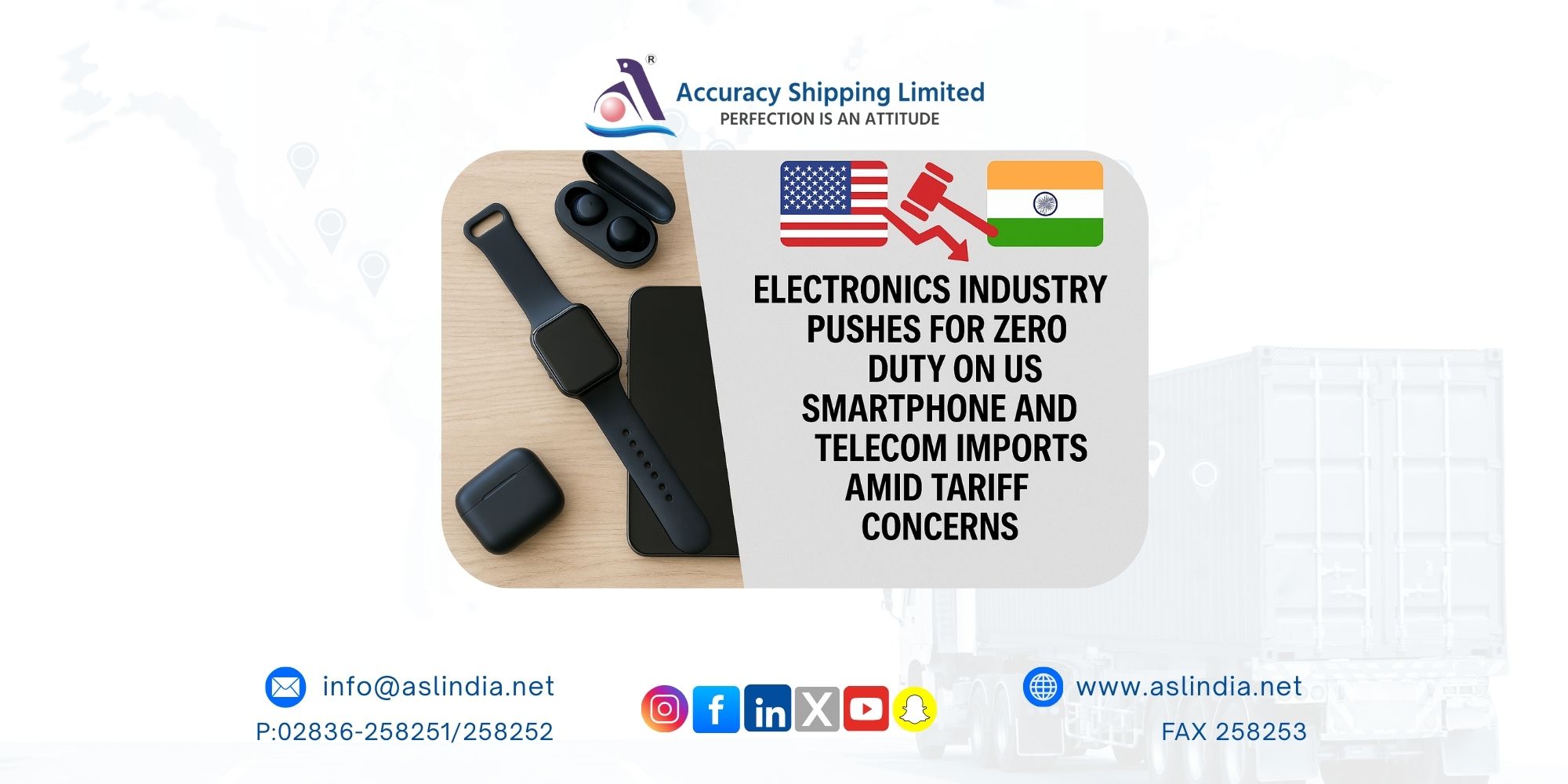Electronics industry seeks zero duty on US smartphone, wearables, telecom imports to dodge Trump’s reciprocal tariff

In a strategic move to shield India’s burgeoning electronics exports from potential retaliatory tariffs by the United States, leading smartphone and electronics manufacturers in India are urging the government to eliminate import duties on key electronics categories coming from the US. These include smartphones, telecom equipment, wearables, and other consumer electronics.
India's Edge in the Global Smartphone Market
Industry leaders argue that the United States does not pose a manufacturing threat in these segments, making it a safe and logical step for India to remove such tariffs. According to a senior industry executive, who requested anonymity while speaking to Moneycontrol, this initiative is vital to maintaining India's competitive edge—especially in contrast to nations like China and Vietnam, which are aggressively expanding their share in global electronics exports.
“Smartphones have emerged as India’s fastest-growing export to the US. Ensuring that these exports remain free from any retaliatory or reciprocal tariffs will not only protect this momentum but also strengthen India’s position in the global value chain,” the executive noted.
Trump’s Tariff Threat Puts Spotlight on Trade Policy
This proposal comes in the wake of US President Donald Trump’s remarks during his first address to a joint session of Congress on March 5. Trump criticized India’s import duties and made it clear that reciprocal tariffs from the US would be enforced starting April 2 unless the trade imbalances were addressed.
The call from Indian manufacturers is therefore seen as both proactive and protective, aimed at softening any potential blowback from Trump’s America First trade agenda.
Bilateral Trade Talks Underway
India and the United States are currently engaged in discussions over the first phase of a comprehensive Bilateral Trade Agreement (BTA). This multi-sectoral agreement is expected to be finalized by the fall of 2025 and is being positioned as a cornerstone in strengthening India-US economic relations.
Industry stakeholders hope that easing duties on American electronics imports will serve as a goodwill gesture and a strategic lever in these ongoing negotiations. The long-term vision is to build a framework that supports mutual growth, technology transfer, and deeper integration into global supply chains.
Conclusion
As trade diplomacy intensifies, India’s electronics sector is making a bold push to align with global shifts and safeguard its booming export economy. Eliminating tariffs on US imports may just be the strategic nudge needed to keep India on the path of becoming a dominant global manufacturing and export hub—especially in the electronics sector.







